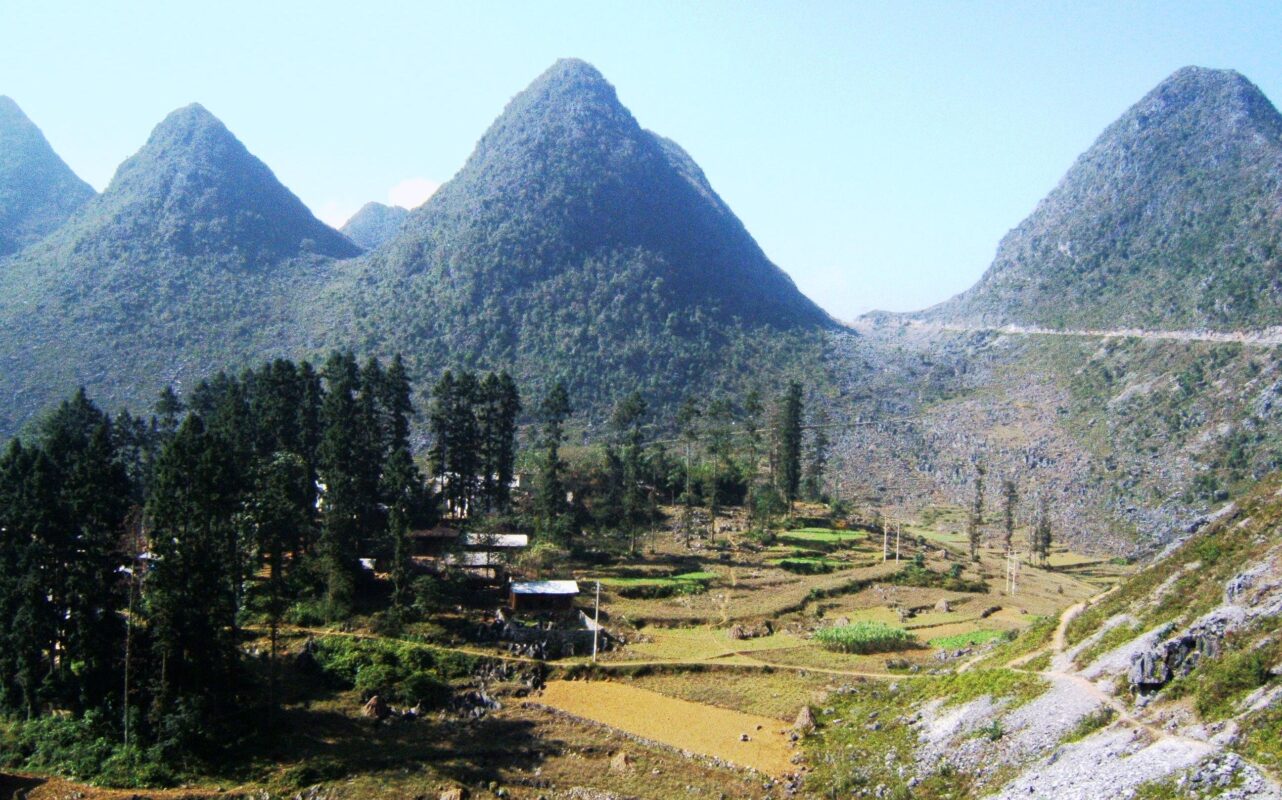Dong Van Karst Plateau Geopark is located in Ha Giang province, Vietnam. It is one of the global geoparks recognized by UNESCO in 2010, covering an area of approximately 2,356 km², including four districts: Quan Ba, Yen Minh, Dong Van, and Meo Vac.
1. Unique Geology:
Dong Van Plateau is one of the oldest limestone regions in Vietnam, with a formation history of about 400-600 million years. The area is characterized by majestic limestone landscapes, towering rocky mountains, and deep valleys. It is also home to various fossilized rocks of ancient creatures such as trilobites, corals, and other marine life, proving that this area was once the seabed hundreds of millions of years ago.
2. Diverse Culture:
This geopark is not only remarkable for its geological values but also for the distinctive culture of ethnic minorities such as Hmong, Dao, Lo Lo, Tay, and Giay. The local people have preserved their traditional customs and mainly rely on agriculture and livestock for their livelihoods. Traditional festivals, earthen houses, and the unique attire of ethnic groups in Dong Van are cultural highlights that attract visitors.
3. Natural Scenery:
Dong Van is famous for its limestone valleys, terraced fields, the Lung Cu flagpole, and challenging yet breathtaking mountain passes such as Ma Pi Leng. The high mountain ranges and winding roads between the rocky mountains create stunning scenery for this plateau region.
4. Tourism and Sustainable Development:
Dong Van Geopark is an attractive destination for both domestic and international tourists. Tourism development here is closely aligned with the preservation of geological, cultural, and ecological heritage, ensuring the sustainable development of the entire area.



